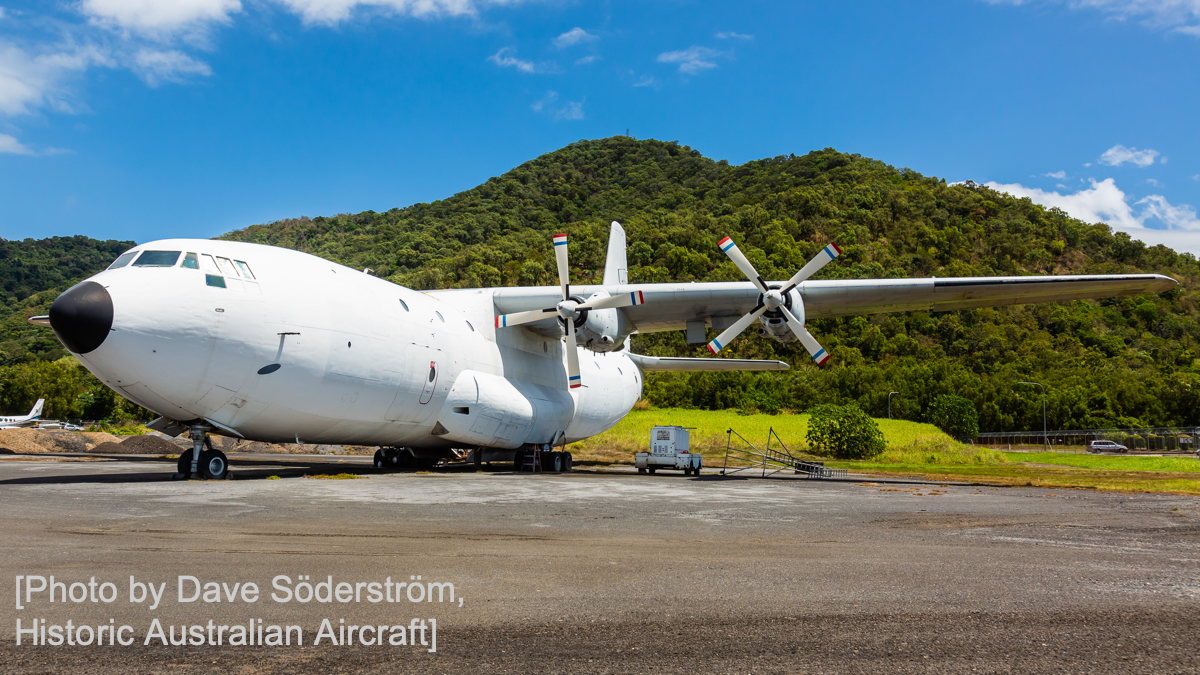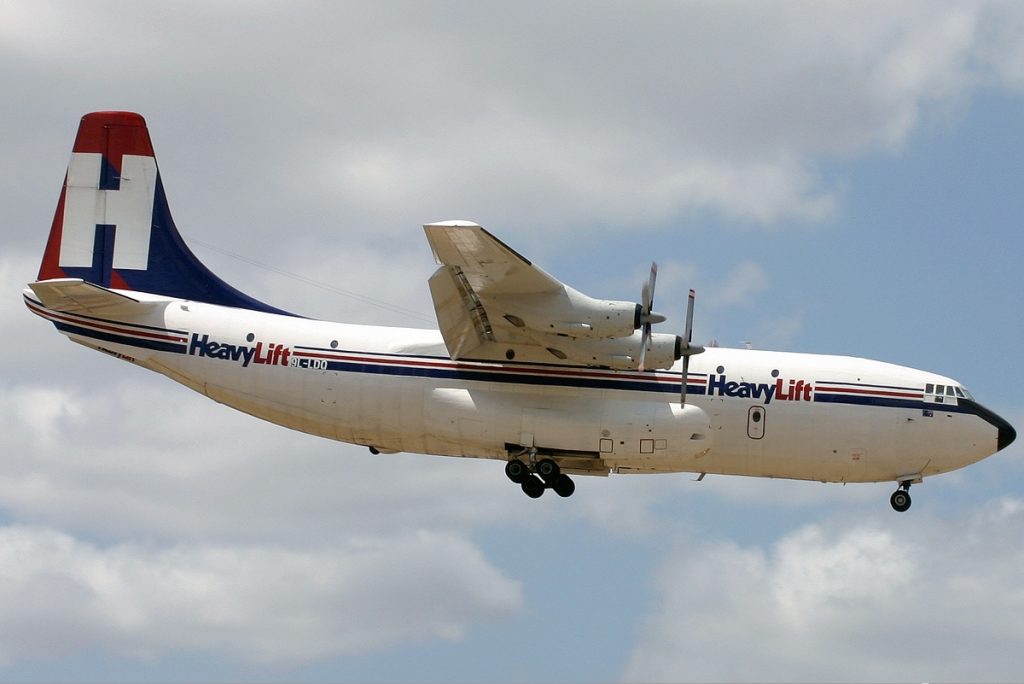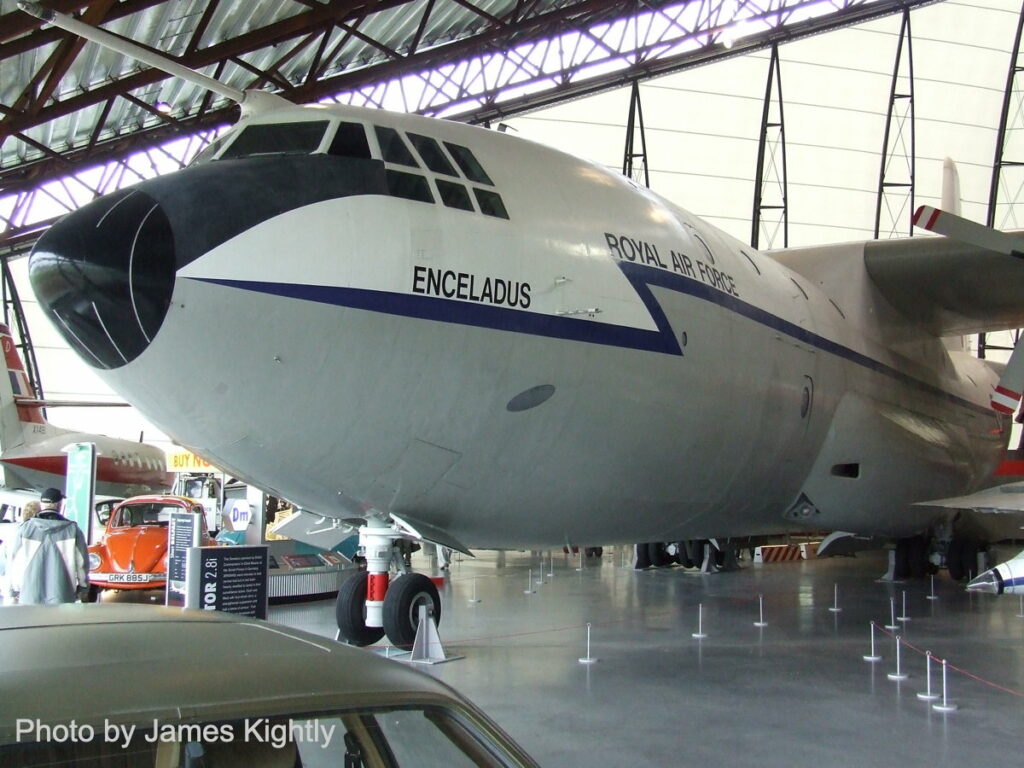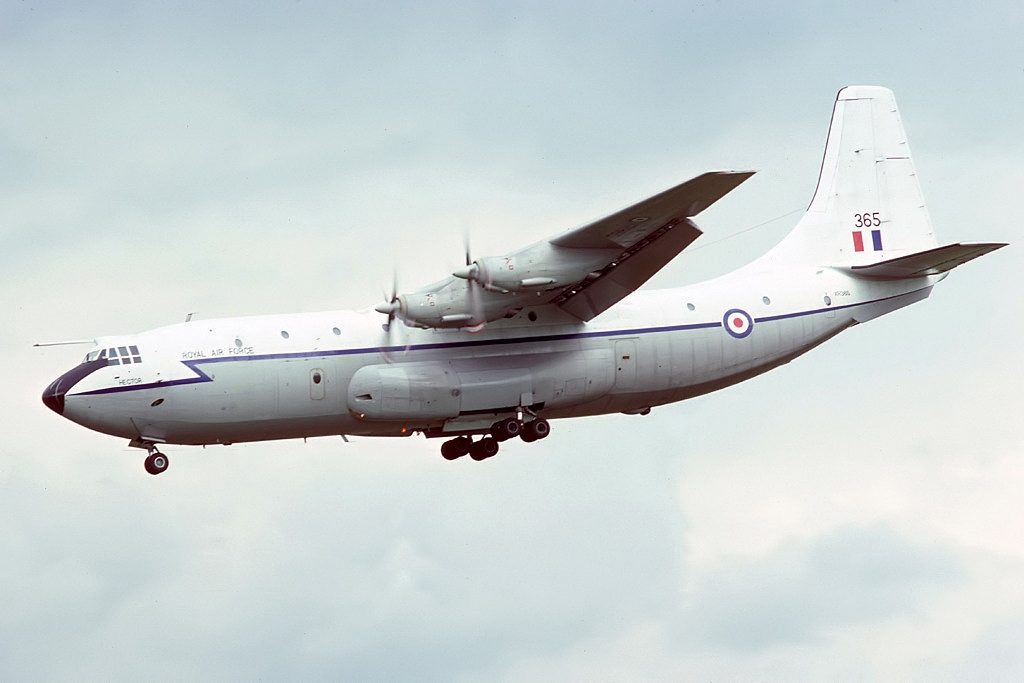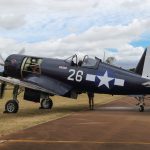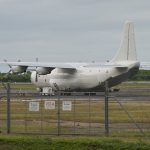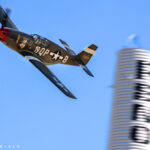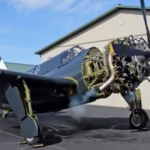By Dave Söderström, Historic Australian Aircraft.
In what seems almost unheard of in today’s world, an aircraft built in the 1960s is set to return to work doing what it was built for; hauling oversized cargo.
No manufacturer is currently producing a dedicated oversize-cargo-only aircraft, as shown by the high demand for used Airbus and Boeing airliners converted to freighters. This is due to change with the owner of the last Short Belfast C.1 working to return ‘Hector’ back into service again. It is the last Belfast capable of return to flight.
Only 10 aircraft were constructed, all of which entered service with the Royal Air Force (RAF) in 1966 and only being used for a scant ten years in service until retirement in 1976. In 1977 five entered the civilian market with HeavyLift Cargo Airlines Limited, a UK based company in Stansted. The flew oversized cargo and even hauled equipment for previous operator the RAF for a number of years, including during the Falklands and Gulf Wars. Their life with the airline was significantly longer, each example retiring from work in the early ninties.
Another reprieve came in the early 2000s when HeavyLift Cargo Airlines re-purchased the only remaining flyable example, G-HLFT, which had flown as XR365 or ‘Hector’ with 53 Squadron RAF. Re-registered as 9L-LDQ, it departed England for a new life operating out of Australia. Operating from the company’s Brisbane headquarters, the aircraft was very active across Australia and venturing to many destinations around the world, hauling cargo. This came to an end in 2009 when the aircraft was flown into Cairns Airport in Northern Queensland.
A protracted legal battle was to ensue over the airframe and there was a real threat that the aircraft would be scrapped over outstanding fees. So in August 2023 the aviation enthusiasts were abuzz at the registration of the aircraft as N1819S on the American civil aircraft register.
The other examples had faded away by now. Belfast, G-BEPS, was to have joined ‘Hector’ in Australia following refurbishment at Southend Airport, UK, but was instead scrapped in October 2008. The last production Belfast, named ‘Enceladus’ and with the RAF serial XR371 is the only other survivor, and is preserved under cover at the RAF Museum Midlands (formerly RAF Museum Cosford).
In September I was able to meet the owner and spend some time with him in and around the aircraft and see the works being undertaken. As can be imagined, years of outdoor storage, hot and humid conditions, and little maintenance generally means there will be a lot of rectification work needed. In some respects this is true, for instance, the engines and props will need an overhaul, and some areas of corrosion will be addressed. However, Hector’s general condition is much better than most would expect.
The type was unusual as it has many electrically actuated systems for operation. Six electrical generators onboard powered the de-icing boots and cargo ramp. Furthermore, another interesting bit of history is that the Belfast was the only the second type to have auto-land blind landing equipment fitted as standard, making it very advanced for its time. The electrical generators are now overhauled, as are many other internal components. The flight deck is now undergoing overhaul and repair where needed.
The owner tells me all of this work will culminate in a return to flight within two years. We can only wish the owner a successful completion of his project and I will be there to bare witness to seeing ‘Hector’ up where he belongs. Long may he fly!
David Soderstrom, Historic Australian Aircraft Facebook Page.







